When ocean swells build to 30 feet or higher, they create some of nature’s most awe-inspiring spectacles—towering walls of water that dwarf buildings and challenge the world’s most skilled surfers. These massive waves form when specific combinations of wind, weather systems, and underwater topography align to create liquid skyscrapers that crash onto shore with thunderous force.
Professional big-wave surfers travel thousands of miles to ride these giants, while spectators gather from around the world to witness the raw power of the ocean unleashed. Here are 15 beaches where waves regularly reach 30 feet high.
Nazaré, Portugal
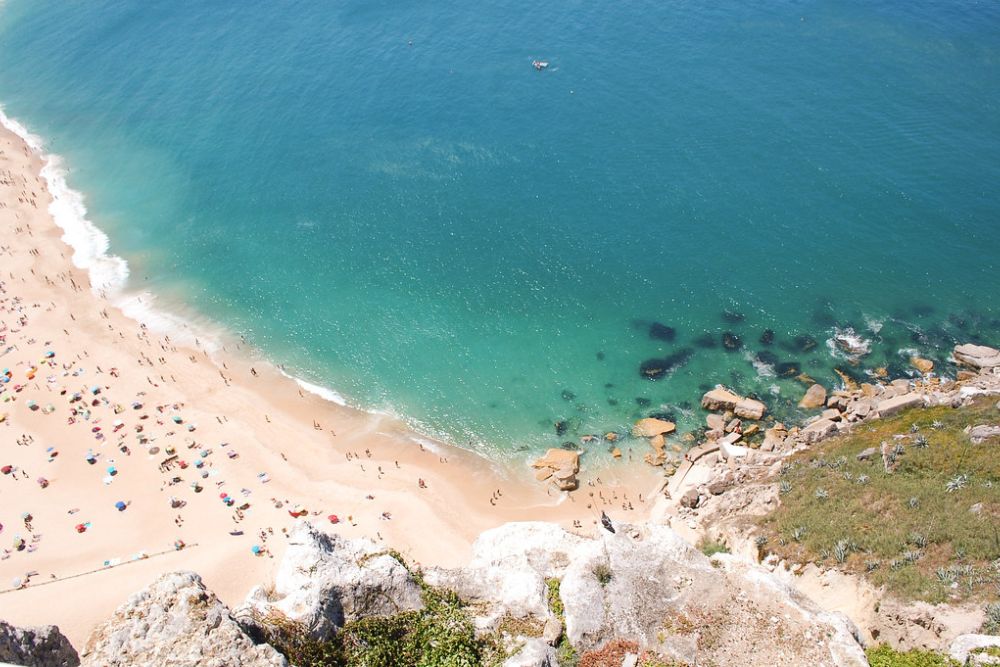
This Portuguese fishing village produces the largest waves ever surfed, with heights exceeding 80 feet during peak winter storms. The underwater Nazaré Canyon funnels Atlantic swells directly toward shore, creating a natural wave amplifier that turns ordinary storms into maritime monsters.
Surfers launch from jet skis to catch waves that tower over four-story buildings while thousands of spectators gather on the clifftop lighthouse to watch the spectacle. The wave faces are so steep that riders often disappear completely from view before emerging at the bottom.
Mavericks, California
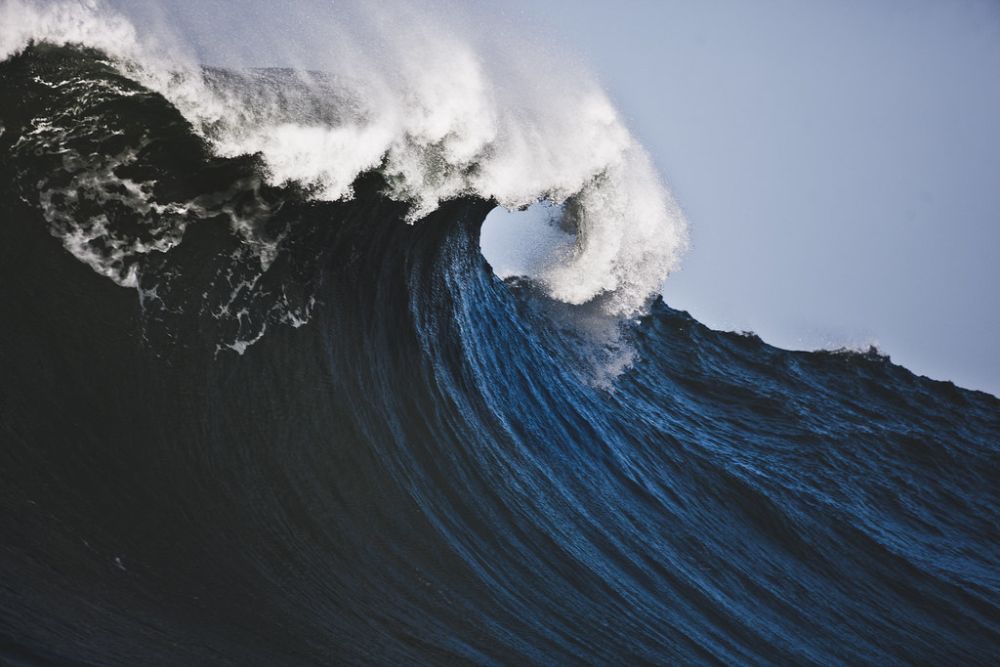
Half Moon Bay’s infamous break produces waves that regularly reach 50 feet during winter storms, attracting the world’s most fearless big wave riders. The underwater reef system creates perfectly shaped walls of water that break with devastating power just 200 yards from shore.
Local surfers discovered this spot in the 1970s, but it remained a closely guarded secret until the 1990s, when media coverage brought international attention. The annual Mavericks competition happens only when waves reach competition size, sometimes requiring years between events.
Like Travel Pug’s content? Follow us on MSN.
Pipeline, Hawaii
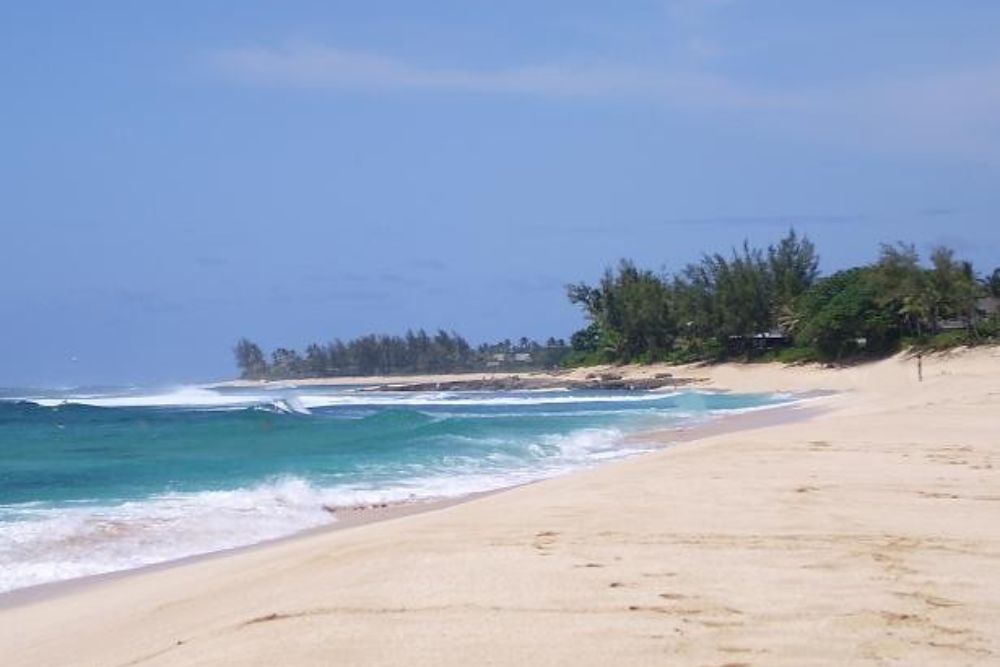
Oahu’s North Shore break creates waves that combine extreme height with shallow water, producing some of the most dangerous surfing conditions on Earth. The reef lies just three feet below the surface, causing waves to jack up suddenly and break with tremendous force.
Professional surfers train for years to handle Pipeline’s unique combination of size and technical difficulty. The wave’s hollow barrel formation creates a tube that riders can navigate, but wipeouts often result in serious injuries from the razor-sharp coral below.
Jaws (Peahi), Hawaii
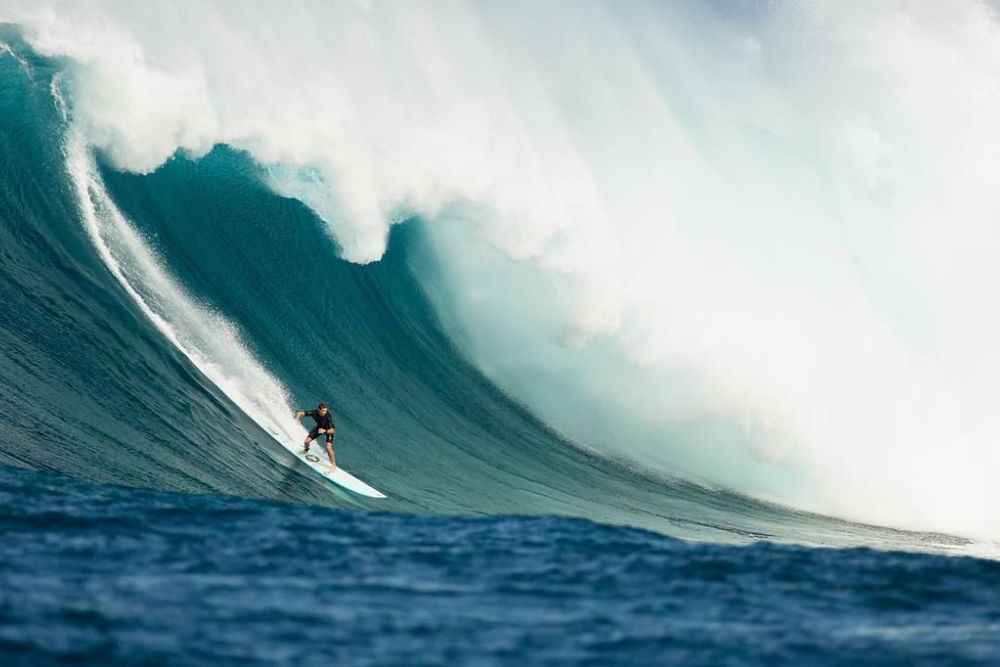
This Maui break produces waves that dwarf even experienced big wave surfers, with faces reaching 70 feet during the largest winter swells. The wave breaks over a deep water reef about a mile offshore, requiring jet ski assistance for both getting into waves and rescue operations.
Surfers use specialized longer boards and different techniques to handle the extreme speed and power of these massive waves. The break got its nickname from the jagged rocks that line the shoreline, creating a menacing backdrop for already dangerous conditions.
Dungeons, South Africa
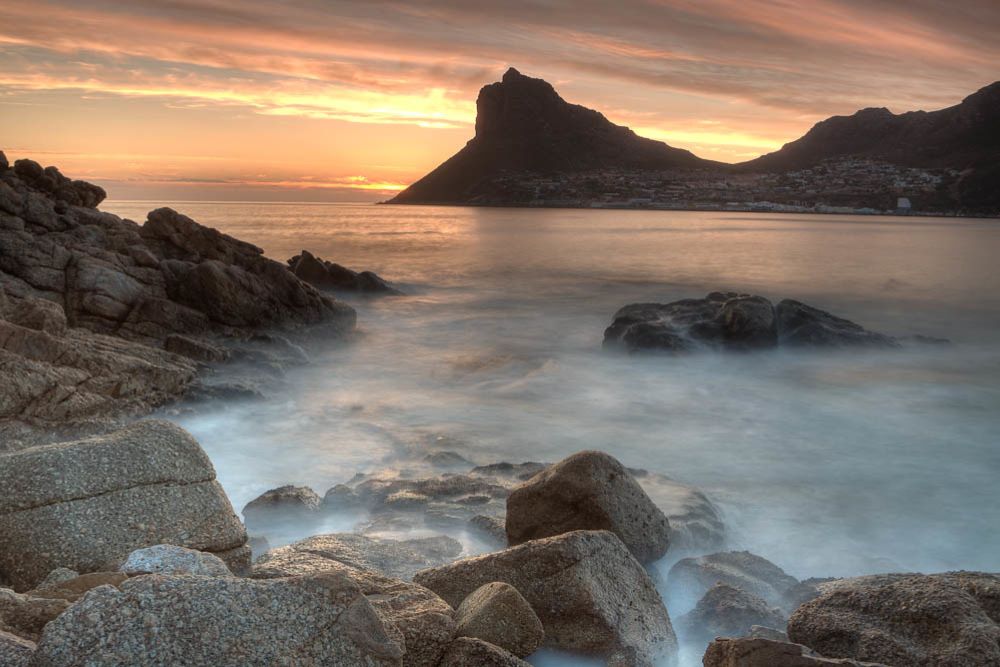
Cape Town’s most notorious big wave break combines massive size with frigid water temperatures and the presence of great white sharks. Waves regularly exceed 40 feet during Southern Ocean storms, while water temperatures hover around 50 degrees Fahrenheit year-round.
The isolation of this break means that rescue operations become extremely challenging when things go wrong. Local surfers have developed specialized techniques for handling both the massive waves and the unique hazards of South African waters.
Like Travel Pug’s content? Follow us on MSN.
Cortes Bank, California

This underwater seamount 100 miles off San Diego produces some of the largest waves in the Pacific, with heights exceeding 60 feet during major storms. The remote location requires boat access and careful weather planning, as storms that create the largest waves also make boat operations extremely dangerous.
Surfers camp on boats for days, waiting for perfect conditions, knowing they may have only a few hours to ride waves of this magnitude. The break’s isolation means that any rescue operations must be entirely self-sufficient.
Mullaghmore Head, Ireland
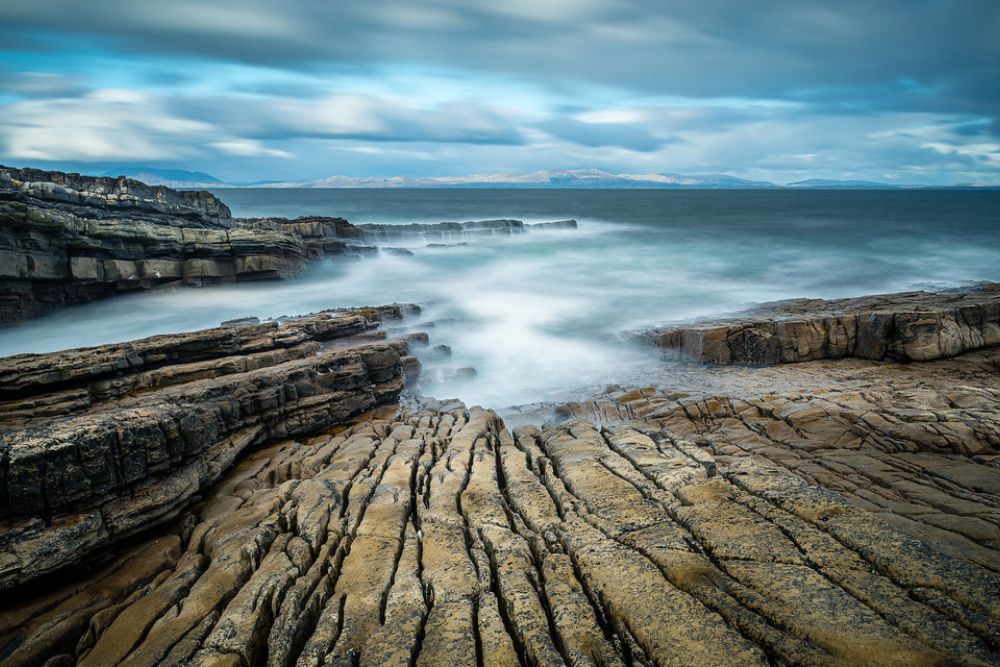
This Irish break produces massive waves that combine Atlantic storm power with uniquely European surfing conditions. The wave breaks over a shallow reef shelf, creating perfectly shaped walls that can reach 50 feet during the largest winter storms. Irish surfers have developed techniques for handling the cold water and unpredictable weather that accompanies these massive swells.
The surrounding landscape of green cliffs and ancient castles creates a surreal backdrop for riding liquid mountains.
Todos Santos, Mexico
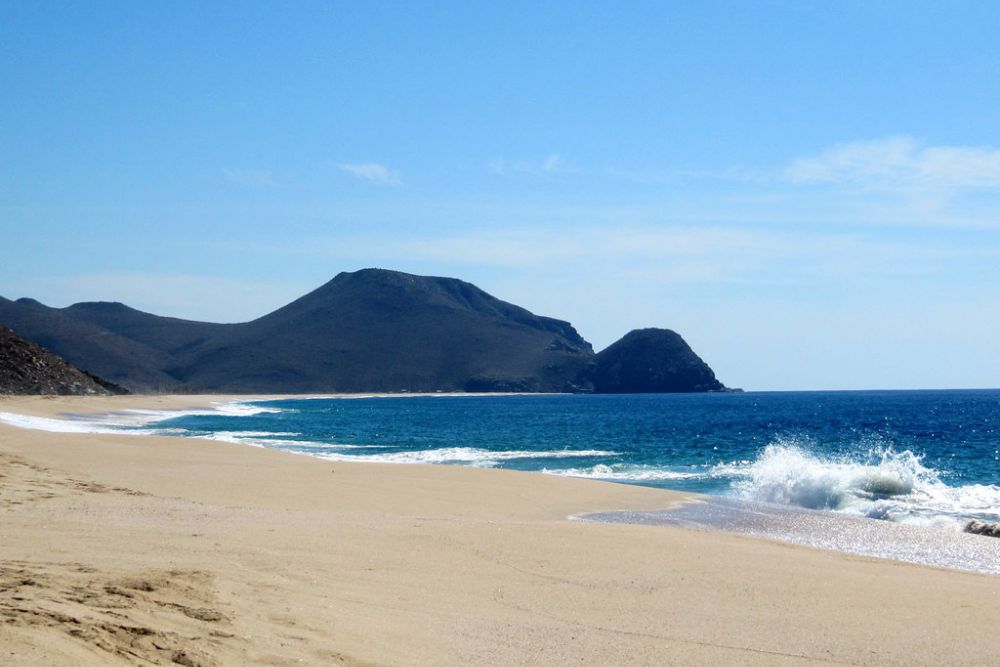
Located off Baja California, this break produces some of the most consistent big waves in North America, with heights regularly exceeding 40 feet during winter storms. The island’s underwater topography creates multiple wave breaks that can accommodate different skill levels, from intermediate big wave riders to world-class professionals.
Mexican surfers have claimed this break as their own, developing local techniques and traditions around riding these massive waves. The relatively warm water, compared to other big wave spots, makes it popular with surfers from around the world.
Like Travel Pug’s content? Follow us on MSN.
La Nord, France
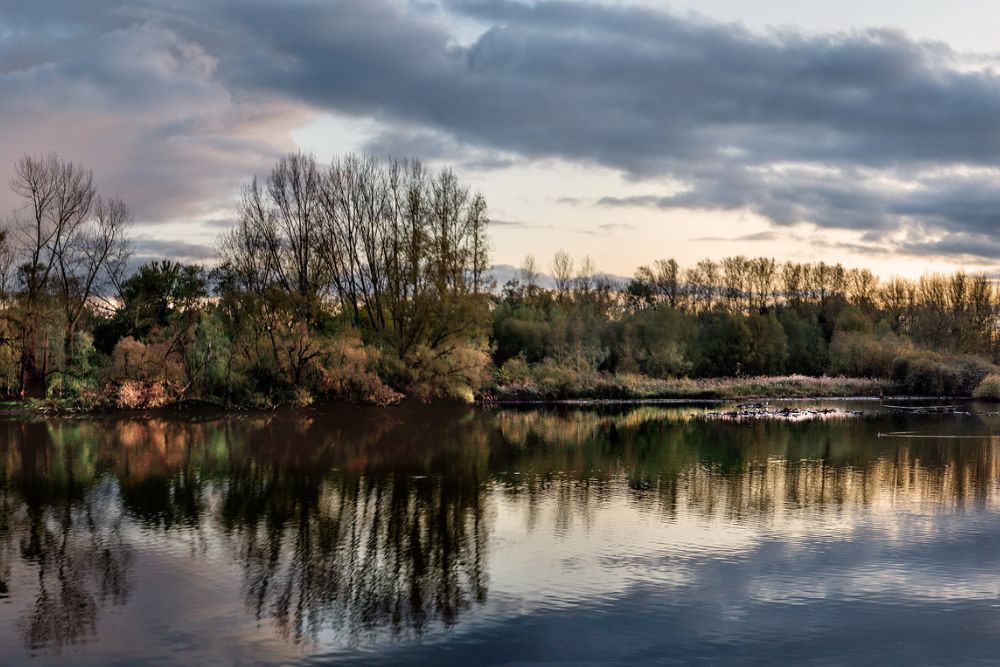
This French break produces massive waves that combine Atlantic storm power with European surfing culture. The wave breaks over a rocky reef system that creates perfectly shaped walls reaching 45 feet during major storms. French surfers have developed their approach to big wave riding, incorporating European techniques and equipment innovations.
The surrounding Basque culture treats big wave surfing as a respected tradition rather than an extreme sport, creating a unique atmosphere around these massive waves.
The Right, Western Australia
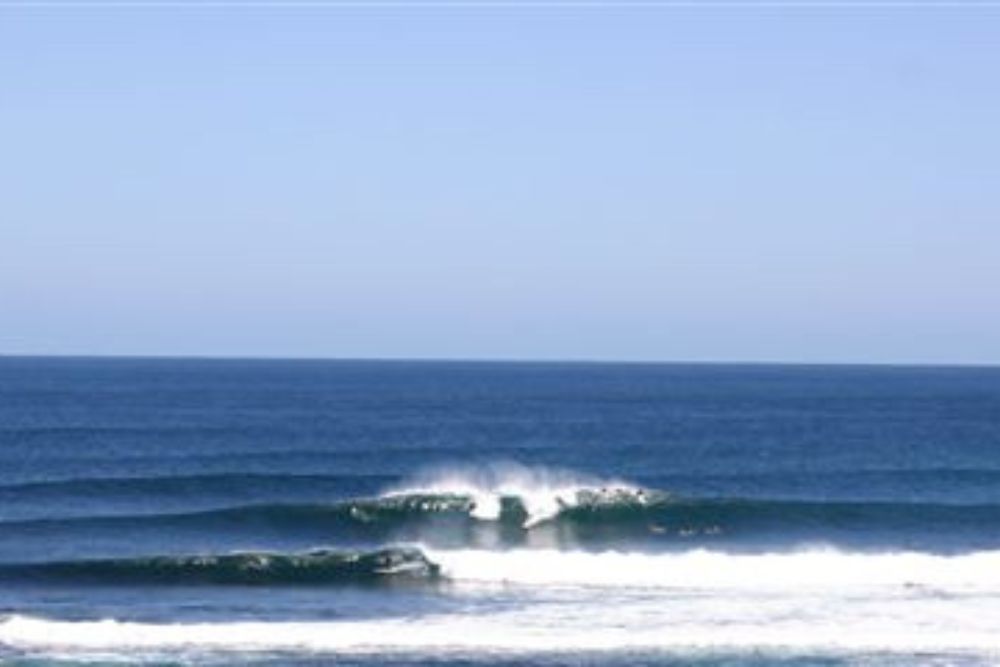
This remote Australian break produces some of the heaviest waves in the world, combining extreme size with incredible power and dangerous shallow water conditions. The wave breaks over a shallow rock shelf in the middle of nowhere, creating barrels that can accommodate riders but punish mistakes severely. Australian surfers have developed specialized techniques for handling the unique challenges of Southern Ocean swells.
The isolation means that any surfing session requires extensive planning and safety preparation.
Waimea Bay, Hawaii
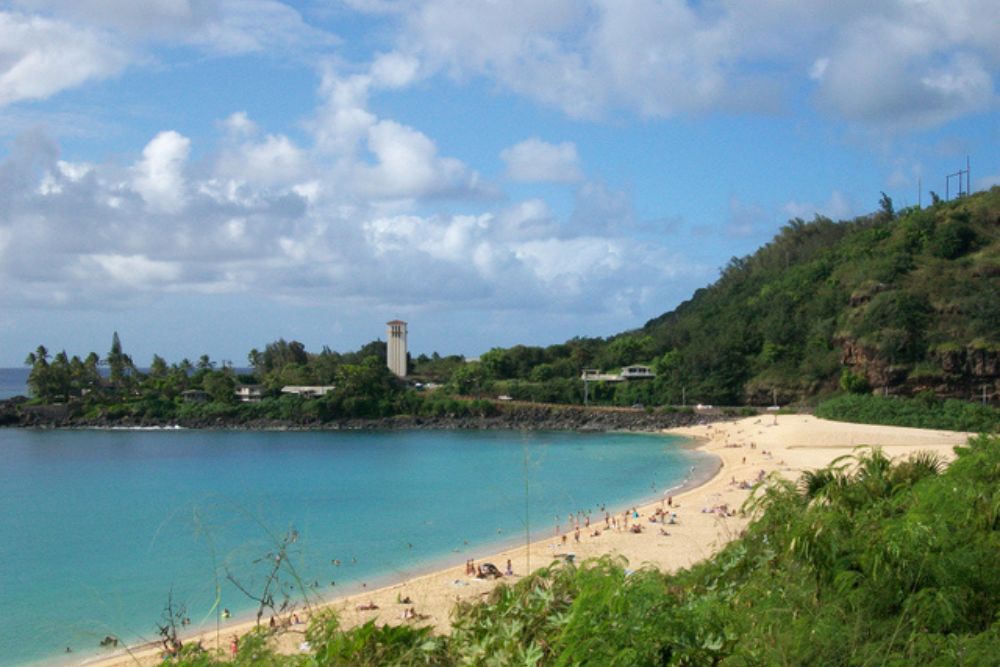
This legendary North Shore break has been testing surfers’ courage for decades, producing waves that regularly reach 40 feet during winter storms. The bay’s unique shape creates waves that build gradually before breaking with tremendous power close to shore. Generations of Hawaiian surfers have learned to read Waimea’s moods, developing traditional techniques that modern big wave riders still study.
The break’s proximity to shore allows for spectacular viewing, making it a pilgrimage site for surf enthusiasts worldwide.
Like Travel Pug’s content? Follow us on MSN.
Ghost Tree, California
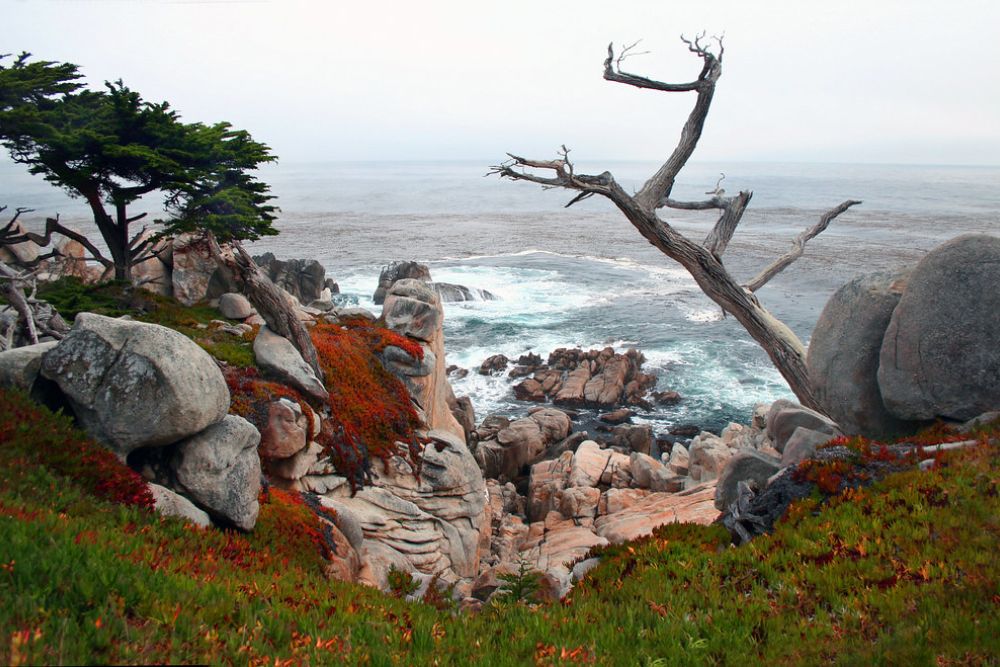
This Monterey Peninsula break produces waves that combine extreme size with cold water and dangerous rocky conditions. The wave breaks over a shallow reef system surrounded by jagged rocks, creating hazardous conditions even for experienced big wave riders. The name comes from the bleached tree that marks the takeoff point, creating an eerie atmosphere around already challenging conditions.
Local surfers have developed specialized techniques for handling the unique combination of size and technical difficulty.
Cow Bombie, Western Australia
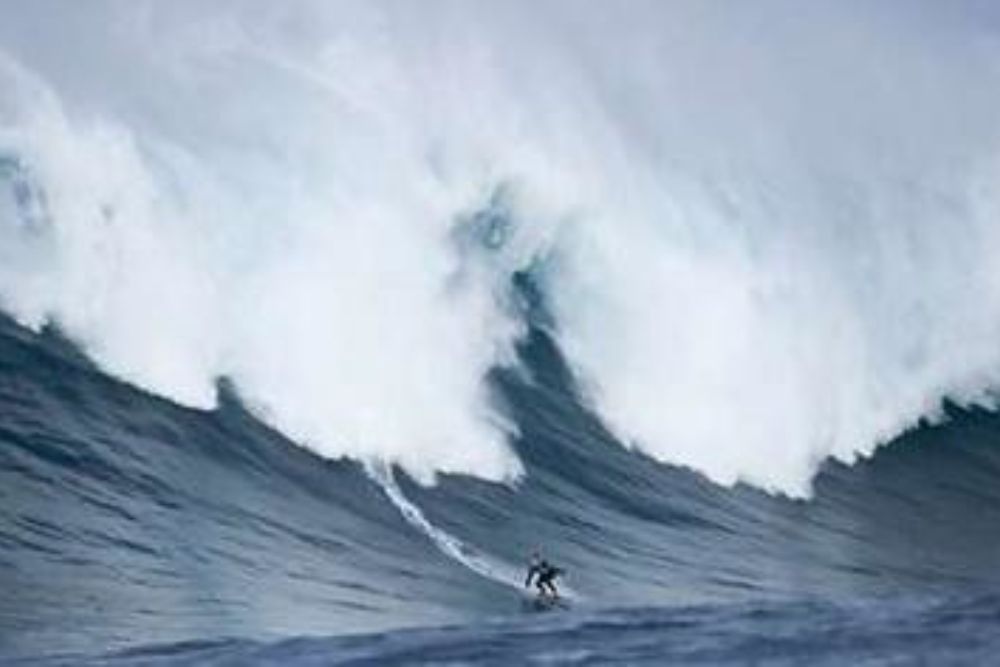
This remote Australian break produces massive waves that break over a shallow bombora (reef) far from shore, requiring boat access and extreme preparation. The wave can reach heights exceeding 50 feet during major Southern Ocean storms, while the isolation makes rescue operations extremely challenging.
Australian big wave surfers treat sessions here as expeditions, requiring extensive planning and safety equipment. The break’s power and consistency have made it a testing ground for the world’s most skilled big wave riders.
Shipstern Bluff, Tasmania
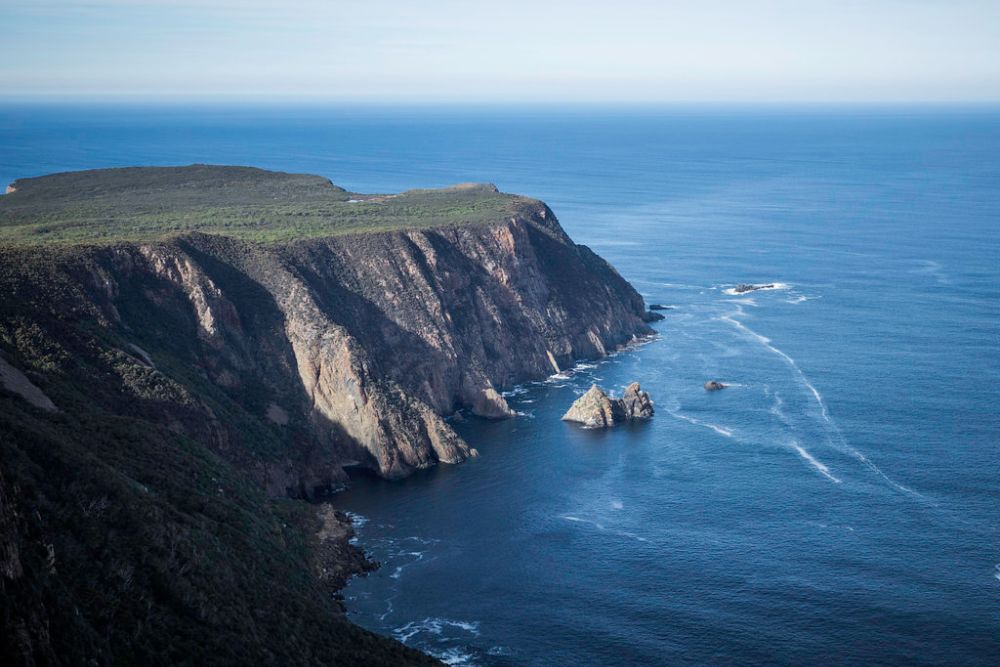
This Tasmanian break produces waves that combine massive size with some of the coldest water temperatures in big wave surfing. Shipstern Bluff is known for its unpredictable steps and ledges, where Southern Ocean swells can reach 45 feet. Water temperatures rarely exceed 50 degrees Fahrenheit.
Tasmanian surfers have developed specialized cold-water techniques and equipment for handling these extreme conditions. The break’s remote cliffs and raw power make it one of the most demanding big wave spots in the world.
Like Travel Pug’s content? Follow us on MSN.
Cyclops, Western Australia
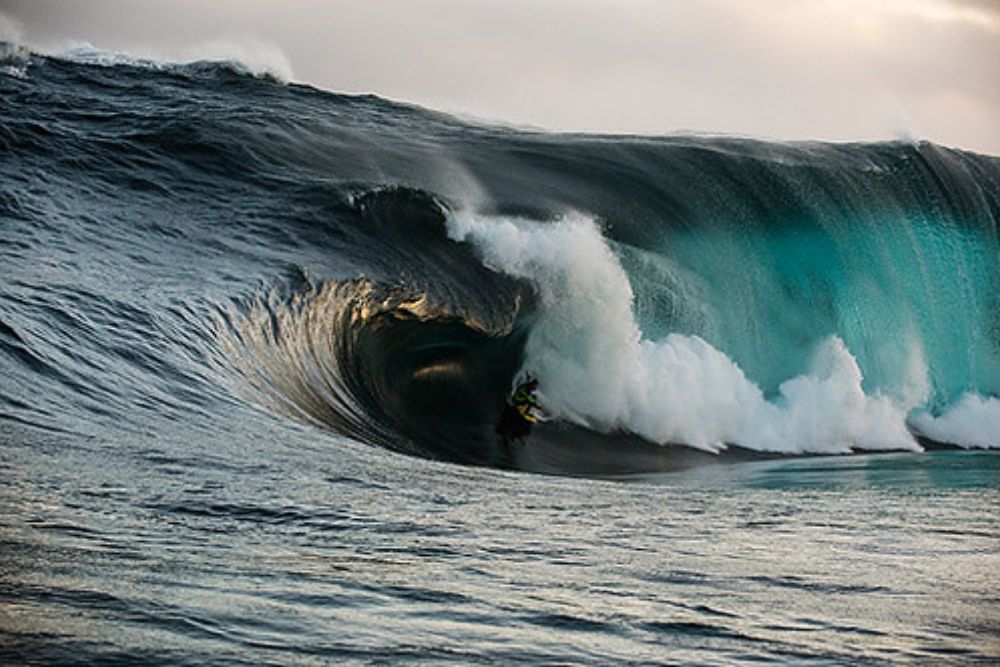
This Western Australian break produces some of the most dangerous waves in surfing, combining extreme size with shallow water over a sharp rock shelf. The wave breaks in water so shallow that riders can see the bottom, creating a terrifying combination of power and consequence.
Local surfers have developed specialized techniques for handling the unique challenges of this break, including strategies for avoiding the sharp rocks below. The wave’s reputation for causing serious injuries has made it a proving ground for only the most skilled big wave riders.
Where Ocean Giants Are Born
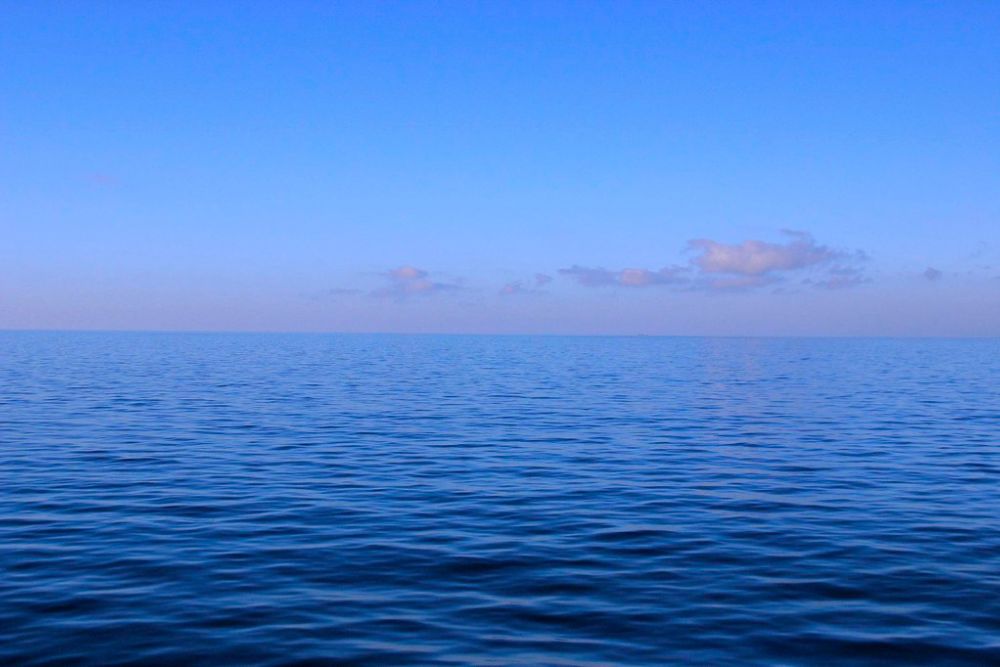
These beaches represent the places where ocean energy reaches its most spectacular expression, creating waves that challenge human courage and skill while demonstrating the raw power of our planet’s water systems.
Each location offers its unique combination of size, power, and hazard that continues to push the boundaries of what’s possible in big-wave surfing.
More from Travel Pug

- 20 Best Beach Towns in the Carolinas
- 13 Destinations Where Tourists Regularly Regret Their Trip
- 20 Things You Actually Get in First Class
- 20 Small Airports With Aviation Museums
- 20 Places in the U.S. That Are Perfect for a Reset Trip
Like Travel Pug’s content? Follow us on MSN.
